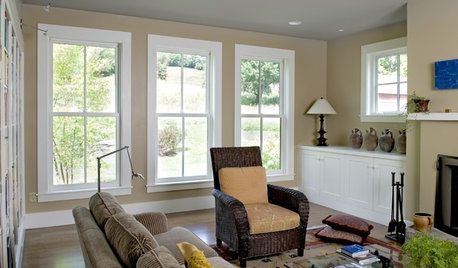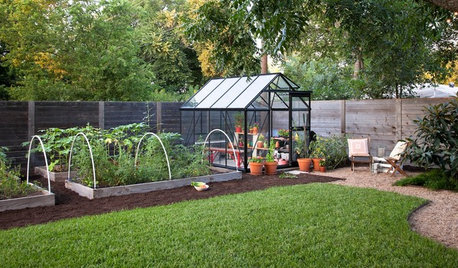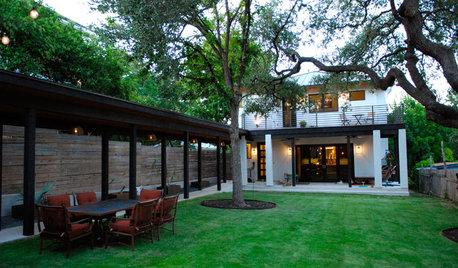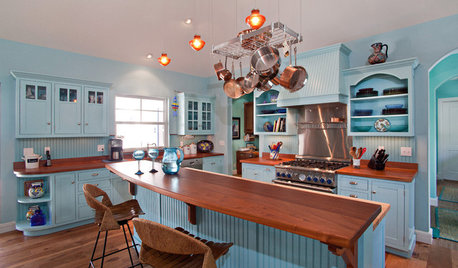Bought a lot - what should I do next?
SouthJerseyGMA
10 years ago
Related Stories

LIGHTINGSo You Bought a Cave: 7 Ways to Open Your Home to Light
Make the most of the natural light your house does have — and learn to appreciate some shadows, too
Full Story
HOUZZ TOURSMy Houzz: 2 Tools + 1 Resourceful Guy = Lots of Great ‘New’ Furniture
With scrap wood and a hands-on attitude, a San Francisco renter on a tight budget furnishes his bedroom and more
Full Story
PRODUCT PICKSGuest Picks: Lots of Bones About It
You may scratch your skull about putting away these Halloween accessories when the holiday is over
Full Story
INSPIRING GARDENSFrom Concrete Lot to Gracious Organic Garden in Seattle
Plants, pests and even weeds have a place in this landscape, which offers an edible bounty and a feast for the eyes
Full Story
EDIBLE GARDENSA Formerly Weedy Lot Now Brims With Edibles and Honeybees
Photographers transform their barren backyard into an oasis filled with fruit, vegetables, honey, eggs and more
Full Story
DECORATING GUIDESHouzz Tour: Lots of Love for a Lightened-Up 1909 Home
A family in Perth, Australia, lavishes attention on their historic house. Vintage furnishings fill the newly cheerful renovated space
Full Story
HOUZZ TOURSMy Houzz: Laid Back With Lots of Style
Casually artful, this stylist’s house gleams with abundant sunlight, open spaces and creative vignettes
Full Story
HOUZZ TOURSMy Houzz: A Dream Home Grows From an Empty Austin Lot
A spacious courtyard, a great art collection and a family-friendly layout mark a Texas family's expansive new home
Full Story
PAINTING10 Rules for Your Next Painting Project
Take your next painting journey from ‘argh!’ to ‘ta-da!’ with these designer tricks
Full Story
KITCHEN DESIGNHere's Help for Your Next Appliance Shopping Trip
It may be time to think about your appliances in a new way. These guides can help you set up your kitchen for how you like to cook
Full Story









zone4newby
matchbookhouse
Related Professionals
Yorkville Design-Build Firms · Arlington Home Builders · Delano Home Builders · Harrisburg Home Builders · Takoma Park Home Builders · Clarksville General Contractors · East Riverdale General Contractors · Florham Park General Contractors · Highland City General Contractors · Kyle General Contractors · Midlothian General Contractors · Milton General Contractors · Mount Prospect General Contractors · Vermillion General Contractors · Wolf Trap General ContractorsAnnie Deighnaugh
PAJ123
laurie236
mushcreek